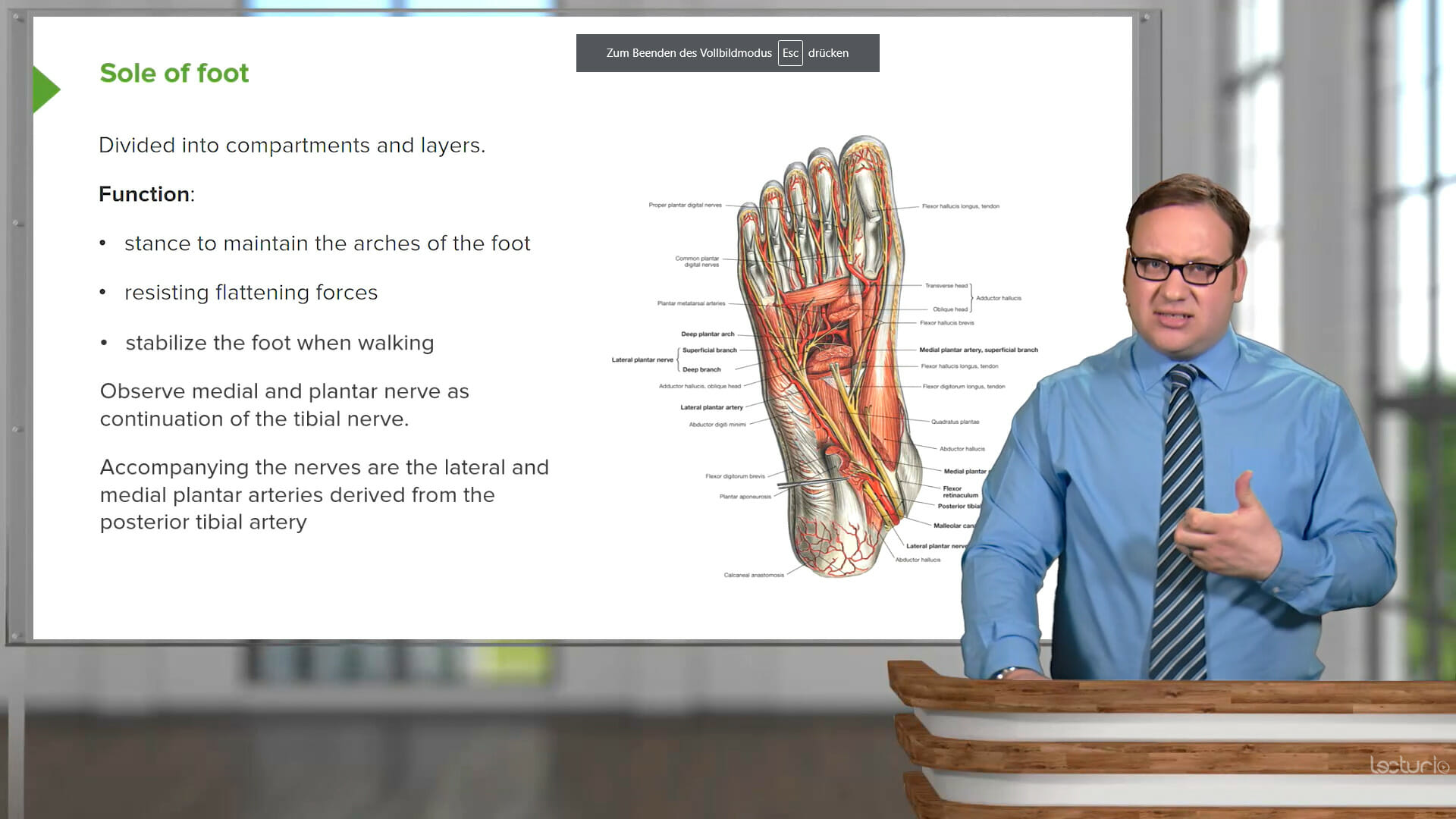This is mainly because nursing school needs to provide hands-on training alongside regular classes. The exact requirements for graduation vary from program to program, but you are looking at between 700 and 1000 hours of clinicals before you’re eligible to graduate. This is on top of all the credit hours, lectures, quizzes, research projects, and end-of-term exams you typically also need.
So what does a day in the life of a nursing student really look like? Naturally, I can’t answer for every program or every student – but I can tell you how my typical days have looked since I embarked on this journey.
What Needs to Be Done?
Before you can design a realistic schedule, you need to know what to include in it. Personally, I am fond of creating timetables, so this is a ritual that I go through at the start of every semester: as soon as I register, I start drawing charts and assigning time slots.
There are always some variations in every term, but at the very least, a good nursing student schedule should include the following:
- Classes – both lectures and simulation lab sessions, if any of your courses include them.
- Clinical rotations – you’ll be attending a specific hospital or outpatient unit. Make sure to account for your commuting time: there is always that one hospital unit that’s further away from everything else.
- At-home review time – on average, I will need to spend 2 hours a week doing assignments or reviewing the material on my own for each class I am enrolled in. Right before finals, I might need to increase this to 3 or 4 hours per class.
- Self-care – this includes basic home errands, home cooking, and exercising first, and actual rest second.
If you are a full-time student, you will most likely enroll in three to five classes per term. At my school, a 3-credit course would require a 3-hour lecture every week. A 4-credit course would add an hour or two at the simulation lab, so I would never take more than one of those at a time.
Sample Nursing Student Schedule
After adding up all these hours, you may be wondering what my days actually look like by midterm.
My school is pretty good at bundling schedules to ensure we can squeeze all our lectures into two or three “study days.” This would leave three full days for “clinicals only.”
On study days
Whenever possible, I would try to enroll in two consecutive lectures rather than leave a free period between them. Why? Mainly because our cafeteria is expensive and gravitates toward deep-fried foods. I prefer to get the lectures done and out of the way and then have lunch at home while I study.
Last semester, my study days were Mondays and Thursdays. This is how my Mondays looked.
6:00 a.m.: Before the day got too hot, I would go out for a 30-minute run, followed by a shower and breakfast. As I live close to campus, it is only a 20-minute drive, even during rush hour.
7:55 a.m.: Classes started at 08:00 a.m., so at 07:55, I was usually already in class, picking out a spot and reserving seats for some tardy friends.
8:00 to 11 a.m.: Time for the first lecture of the day. During my last term, this was Maternity Health on Mondays and Nutrition and Disease on Thursdays.
11 a.m. to 12:30 p.m.: The Maternity Health lecture was always followed by two hours at the simulation lab, which almost never finished on time. After finishing the lab session, I would usually be left with half an hour or 15 minutes to grab a quick lunch before the following lecture.
1:00 to 4:00 p.m.: The second lecture of the day (Health Promotion) was fortunately very conversational and required lots of active participation, so I had no problem staying awake.
4:30 or 4:45 p.m.: As soon as I arrived home, I would gather everything I needed for my review time, including a snack, my notes for the day, and my cat for some company.
5:00 to 7:30 p.m.: If no assignments were due the following week, my “review time” consisted of transcribing my notes into something neater or creating flashcards for key terms introduced that day. This activity always provided me with a good opportunity for some spaced repetition. Otherwise, I would draft any essays or prepare for any upcoming quizzes.
8:00 p.m.: I tried to be as strict as possible about an “only fun after 8 p.m.” rule at home. Therefore, 8 p.m. was dinner time, followed by an hour of gaming or winding down.
Thursdays were a little easier. Our morning lecturer usually finished 15 minutes ahead of schedule, so I would just head straight to my next lecture (Pharmacology), which would last from 11 a.m. to 2 p.m. I would then be home by 2:15 p.m. (as there is no traffic at that time), have lunch, and prep food for the following day. I would then study from 4 to 8 p.m., usually with a clearer head.
On clinical days
Clinicals were a different beast altogether. My school was affiliated with a large city hospital that could house most of my clinicals. The only exceptions were community health, which I had to do at a local government-run clinic, and mental health, where I had to attend a different hospital an hour away.
Before the pandemic, all our clinicals were held at a consistent schedule, from 8 a.m. to 2 p.m. Last semester, they separated us into two bubbles to keep students “socially distanced” and prevent overcrowding in the wards. Each bubble would then rotate their schedule, attending from 7 a.m. to 1 p.m. one week, and from 1 p.m. to 7 p.m. the following week.
On the weeks I had the morning shift, this is what my day typically looked like:
6:00 a.m.: I rolled out of bed, made myself a hearty grilled cheese sandwich, and headed to the hospital.
6:30 a.m.: I arrived at the hospital, ate my sandwich, and had an extra-large coffee inside my car.
7:00 to 10:00 a.m.: These were consistently the busiest hours at almost all hospital units. I would usually begin by listening to the shift handover, which gave me an excellent chance to observe how experienced nurses applied their clinical reasoning. Then, I would have a few minutes with my preceptor, where she would quiz me about how I would prioritize each patient or organize the tasks for the day.
Over my last rotation I lucked out, as not all preceptors paid us that much attention.
Pro tip: Nurture your relationship with your preceptor! Preceptors are experienced RNs who already work at the unit or floor that you have been assigned to. They volunteer to provide closer supervision to us as future nurses, and they will observe any procedure you perform.
10:30 to 11:00 a.m.: Each hospital and floor has its own system and pace. In this unit, we would find a slight lull around this time – provided nothing unexpected happened. It gave me time for some fruit and a quick break.
11:00 a.m. to 1:00 p.m.: The end of the shift was rarely as hectic as the early morning hours. Usually, the last half an hour sees a lot of running around as well, as nurses get ready to hand over to the afternoon shift – but the new “COVID schedule” meant I was exempt from this.
1:30 p.m.: I would get home and immediately head for a long shower and a nap.
3:00 to 7:30 p.m.: Depending on what was due the next day, I would spend these hours either working (paid work, either translating or editing) or preparing for the next days’ lectures. Coming to class having just read the chapter that we are about to examine made it significantly easier to follow along with the lecture.
In the weeks in which I was scheduled for afternoon clinicals, I would try hard to be out of bed before 7:30 a.m. (and consistently failed). Then, I would either work or take care of household chores until lunchtime and leave for the hospital immediately after.
08:00 p.m.: I tried my best to assign half an hour for stretching, an evening walk, or some sort of quiet time. Clinicals are physically demanding, and you will spend most of them on your feet. Because of this, I don’t even try to go running on my “clinic days,” but stretching or mindful breathing would prevent my legs from being sore the next day.
Studying nursing has never been easier.
Set yourself up for success with Lecturio.
Pro Tips and Advanced Tools
Rotating schedules, conflicting assignments, and the occasional household emergency can make it hard to keep track of everything I need to do. Keeping track of it all is extra important when deciding what to tackle during your independent study time.
Reminders, alarms, and task management systems are highly personal, and as a nursing student, you will have to experiment with several systems until you find what works for you.
But just in case it helps, here is what worked for me:
Get a planner you actually use
I am terrible at this. Every year, I buy a planner with the best intention of using it to write down every assignment, errand, and due date. For some reason, stopping what I am doing to check a notebook is just too disruptive, and I eventually stop doing it.
Over the last year, I invested in a chalkboard and placed it behind my work desk, just on top of my computer screen. It’s easier to raise my head and read what I still have to do on a specific day or week.
Plus, I like to cross off what I have done.
Schedule emails to yourself while in class
Whenever a lecturer gives guidelines for a new group project or the due dates for our care plans, I immediately open the “Compose” tab on my student email. In the body of the email, I type the detailed instructions and the deadlines as I hear them. Then, I schedule the email to be sent automatically to my personal email when I know I will be home and on my computer.
In this way, I will remember to add it to my chalkboard, and I know where to find all the details for each assignment later. It’s way better than texting one of your classmates on a Saturday night to ask about what type of referencing you need to use.
The Sectograph app
My husband told me about this app back in March, and I wish I had found it two years ago. This app syncs with your smartphone calendar and creates a nice pie chart showing what your day will look like. You can even set specific recurrent events (such as clinical shifts) as “pie slices” in different colors.
Final Thoughts
One thing I realized while writing this article is that, as hectic as the life of a nursing student can get, you will eventually find a comfortable routine.
There is no perfect schedule for nursing school – but if you are realistic with your time estimates and study consistently throughout the term, you will be able to keep your to-do lists at a non-intimidating length.





